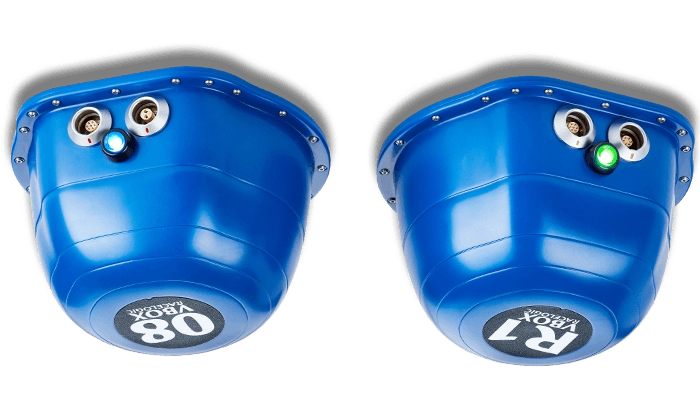
RaceLogic's VIPS (VBOX Indoor Positioning System) indoor positioning system solves the problem that the indoor environment cannot receive satellite signals, and can be used to meet the needs of indoor precise positioning. Can be applied to indoor parking positioning, acceleration, braking testing Scenes that require precise indoor positioning, etc.
1、 Hardware composition
The hardware equipment for this experiment is as follows:
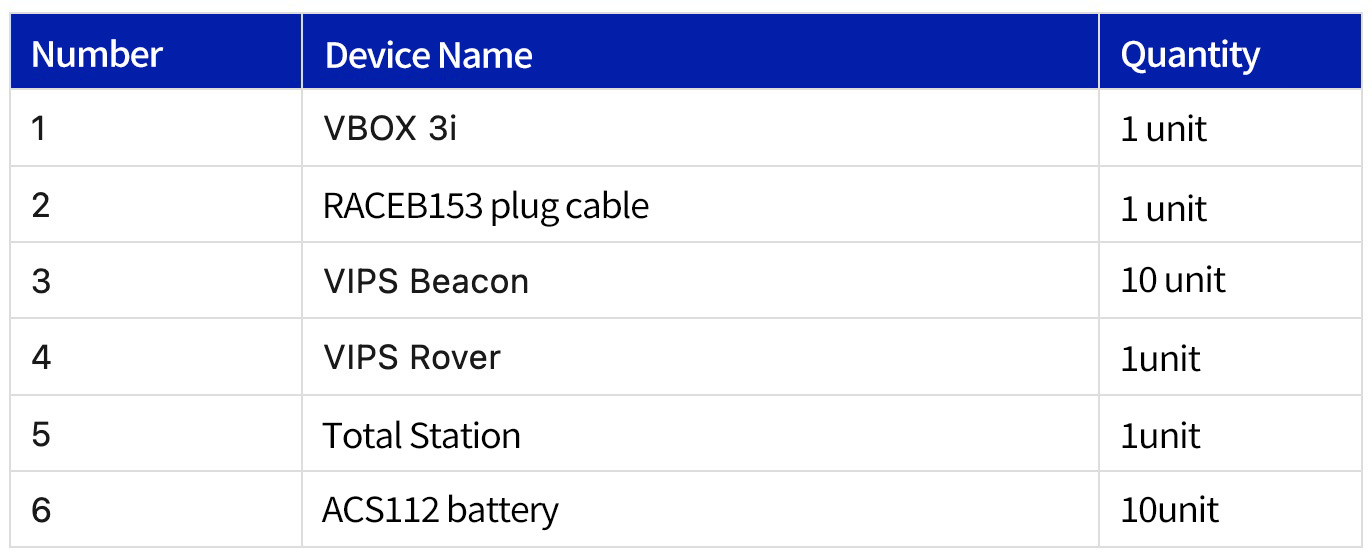
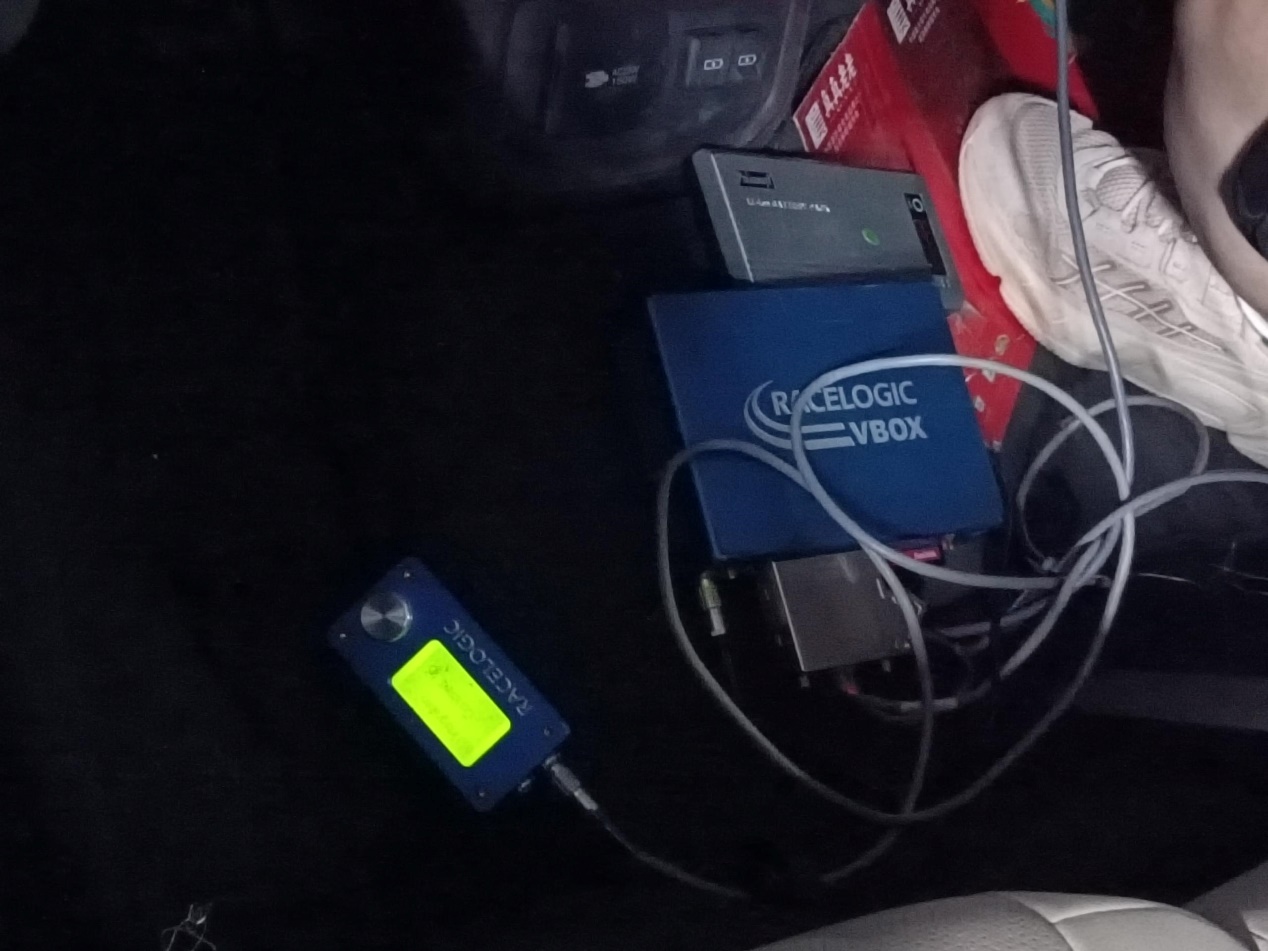
Figure 1. Equipment layout inside the vehicle
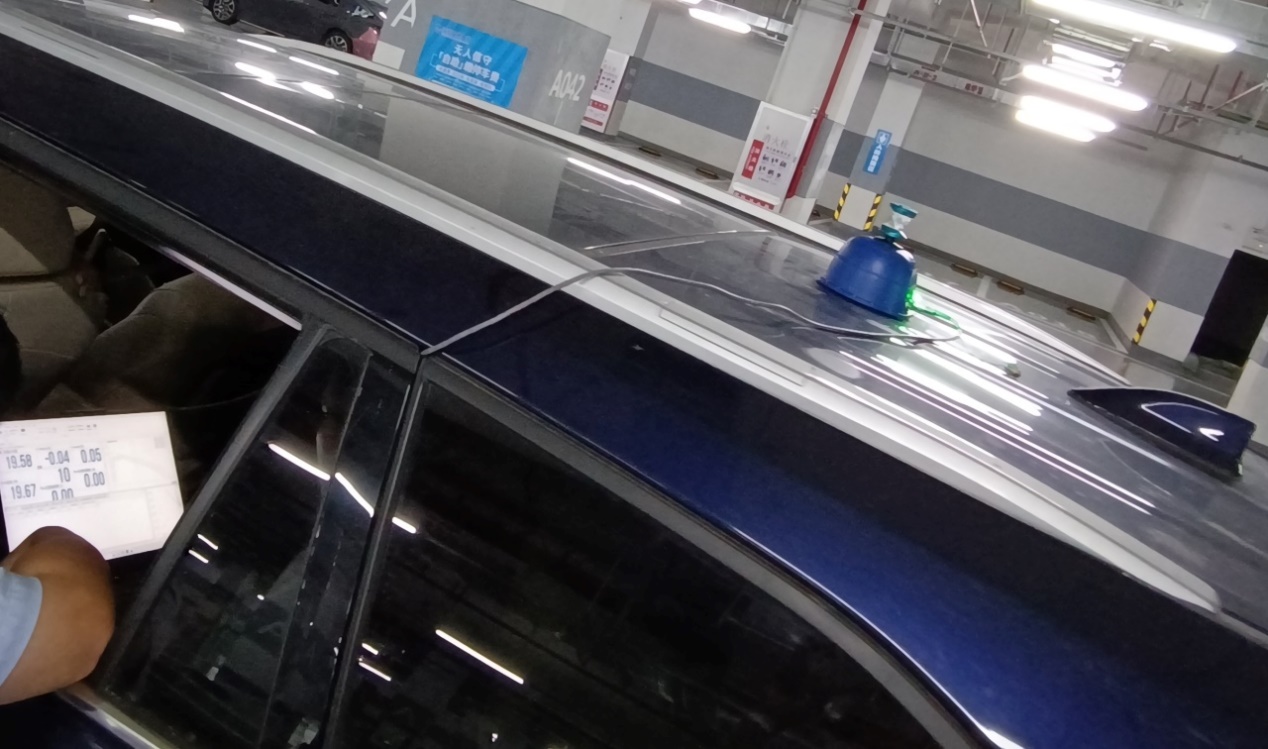
Figure 2. Rover receiver installed on the roof
2、 Product Features
1. High precision: With RTK corrected GNSS, the position error range is only ± 2cm, the speed error range is ± 0.1km/h, and the maximum measurable speed is 270km/h.
2. Low power consumption: Each beacon has a power consumption as low as 3W and is powered by a 12V battery, with a range of about 20 hours.
3. High sampling: With a data collection rate of 100Hz, ensuring real-time and accurate data results.
4. High environmental adaptability: can work in harsh cold/hot environments ranging from -30 ° C to 60 ° C.
5. Low latency: millisecond level latency, only 50ms.
6. Easy to install: The installation layout on the site is simple, and each beacon only requires a bracket and a piece of iron to fix it at the desired height. A maximum of 250 beacons need to be placed, with a minimum of 8 beacons. This VIPS indoor positioning system can operate.
7. Easy to use: The installation, use, and device debugging of the software are very easy, without complex operations.
8. Easy to carry: Beacons are very small in size, weighing only 350g each, making them easy to carry.
9. Detailed and diverse records: This VIPS system is connected to VBOX and can be used to record and export various data using VBOX Test Suite software.
3、 Testing process
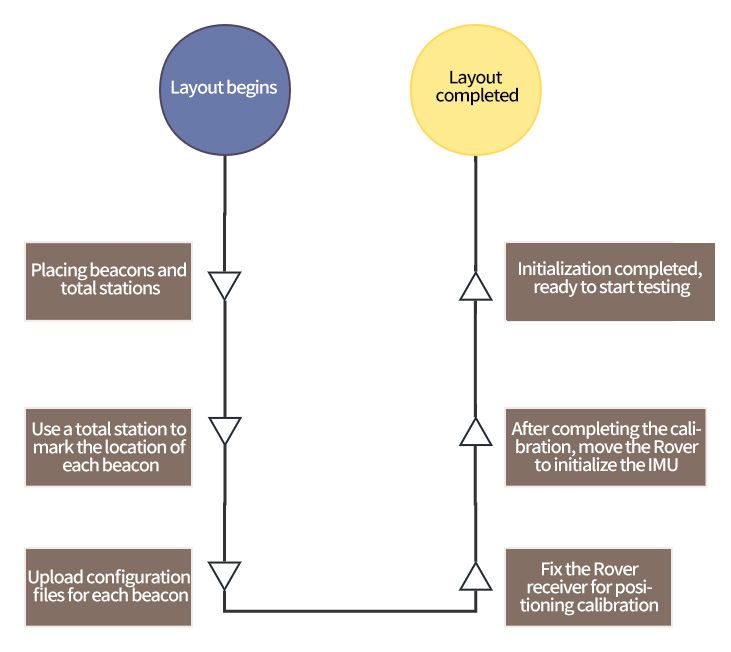
Figure 3. VIPS Layout Flowchart
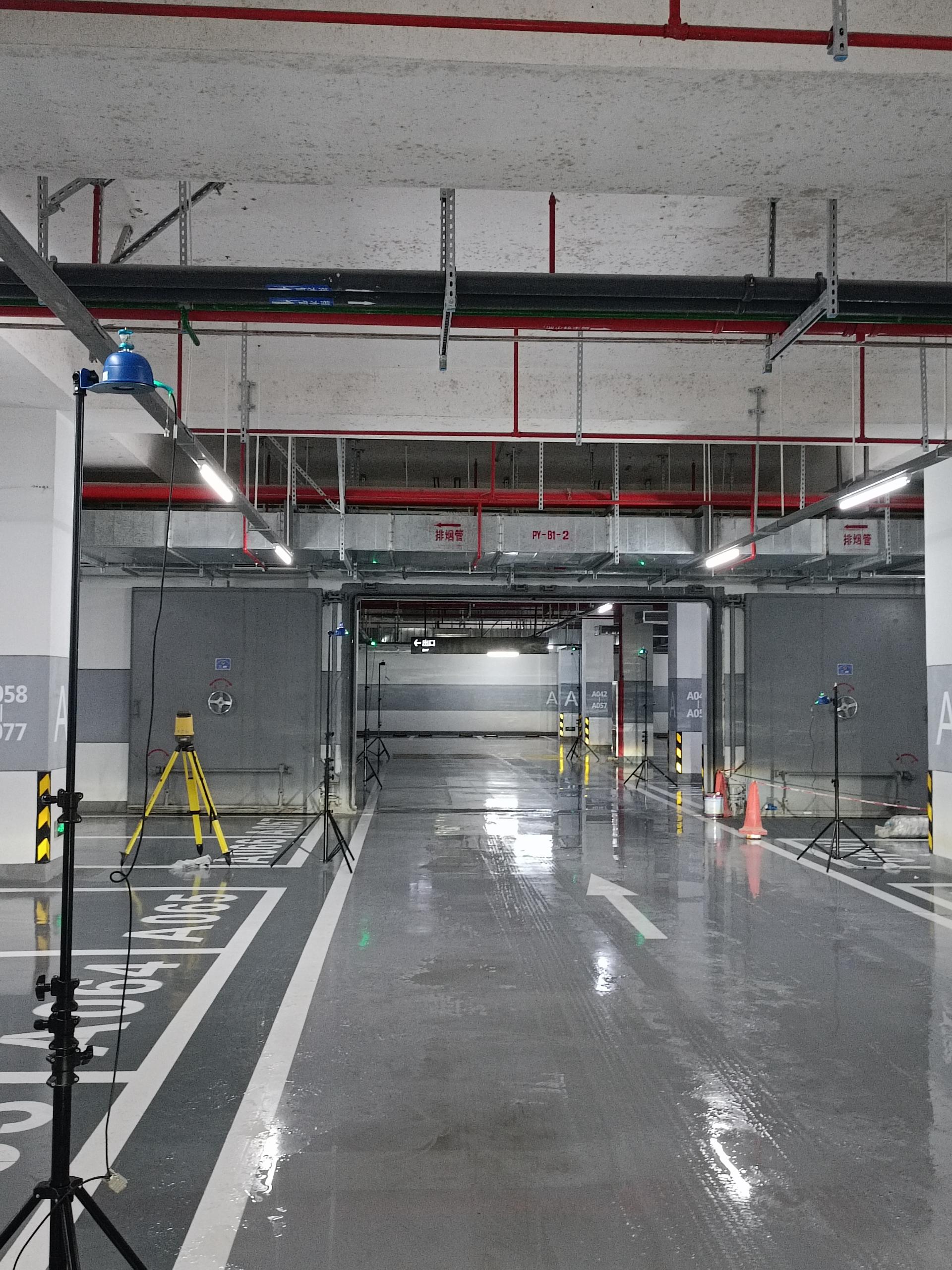
Figure 4. Example of End of Site Layout
·This experiment selected an underground parking lot with no signal, and it was completely unable to receive satellites.
·Before the experiment begins, sprinkle water on the braking path on the ground to simulate a braking scenario that triggers ABS intervention under low adhesion ground. From the picture, it can be seen that there is a lot of water on the ground.
·The layout of VIPS beacons should be horizontal and vertical, arranged in a square pattern. The best effect is when there is a height difference between the beacons.
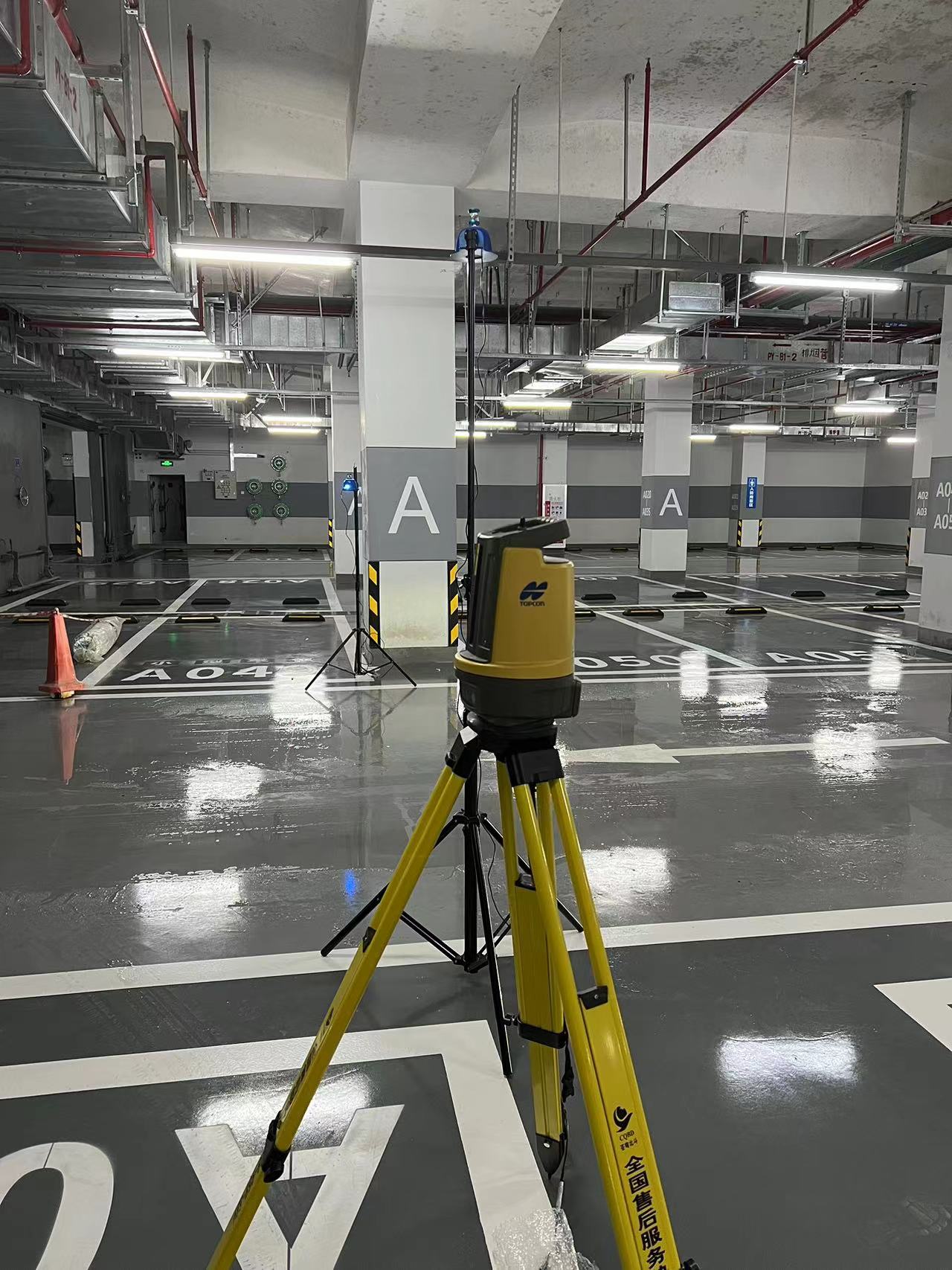
Figure 5. Total station for Pointing and Recording Coordinates
4、 Test results
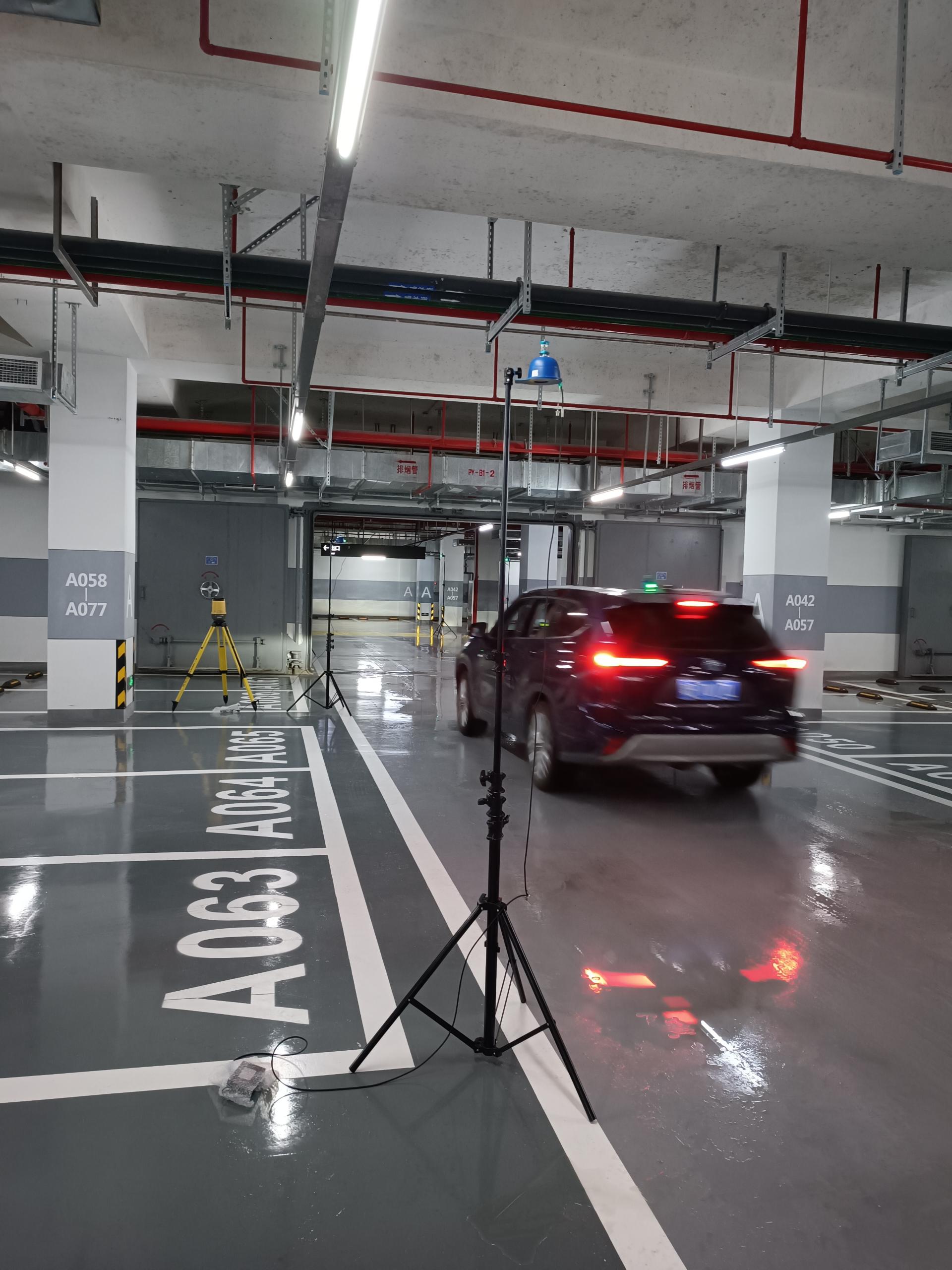
Figure 6. Wetland brake test based on VIPS
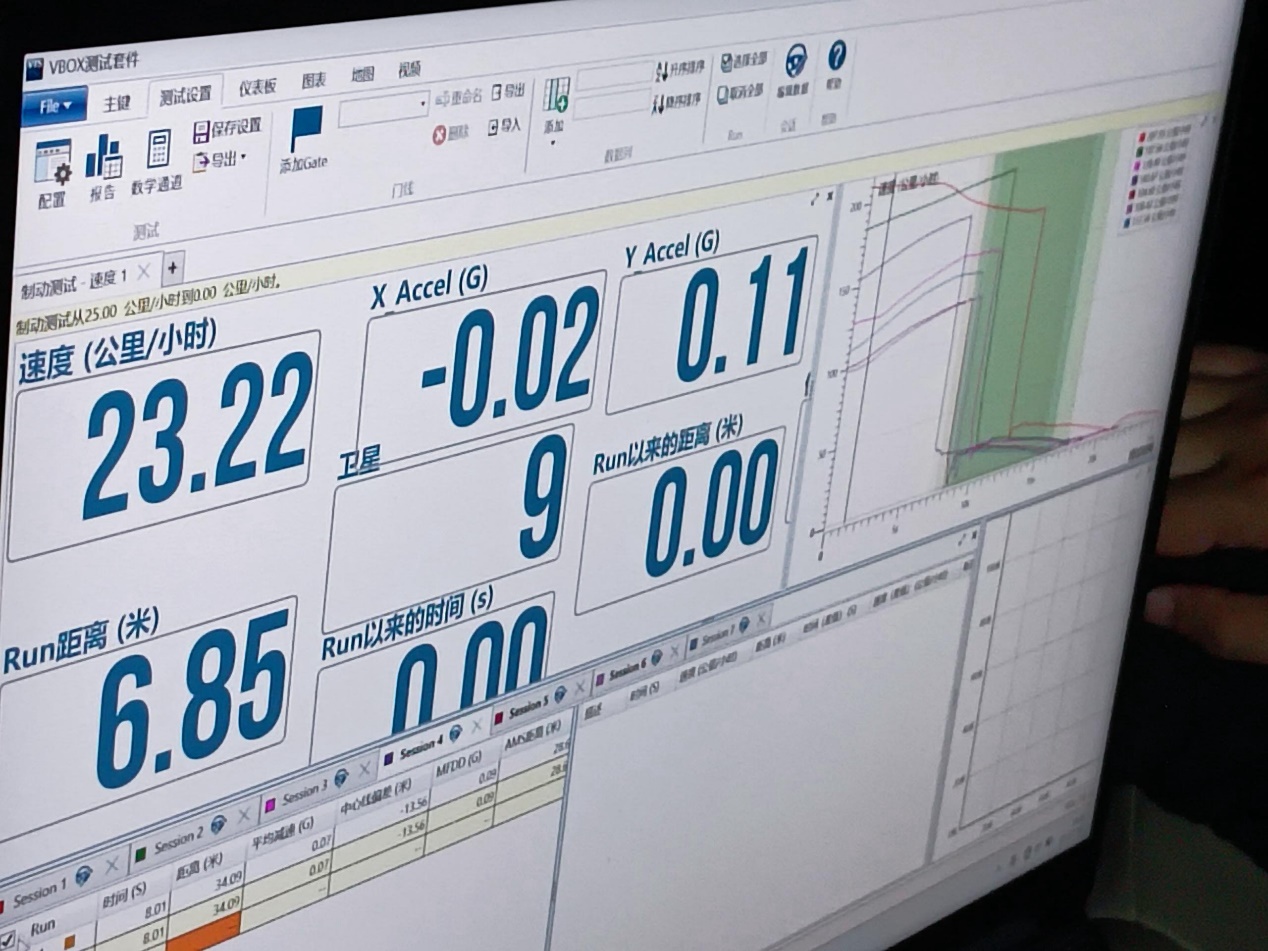
Figure 7. Test Output Results
The test results of this experiment were very successful. According to the customer's requirements, we displayed the speed of the entire braking deceleration section at a time interval of 50ms and exported it into a vbo file.